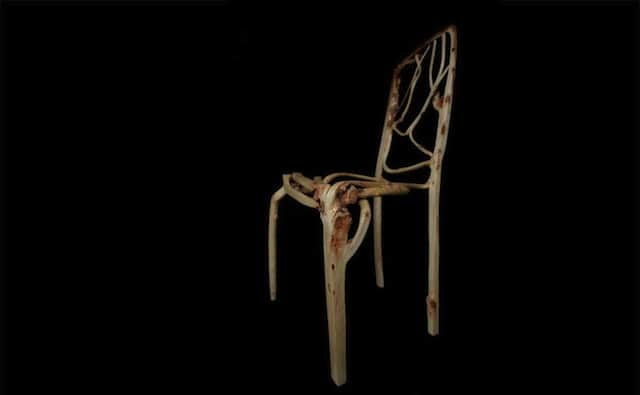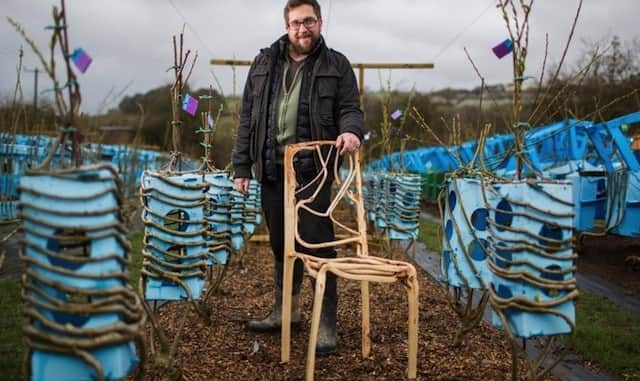
The first seed was sown when as a young boy playing in the garden, Gavin noticed an overgrown bonsai tree had the distinct appearance of a chair. It was an image that stayed in his mind for 25 years. The second seed had time to germinate when he had lots of time to think about that chair a few years later. Gavin went through several operations to straighten his spine.
“It’s where I learnt patience. There were long periods of staying still, plenty of time to observe what was going on and reflect. It was only after doing this project for a few years a friend pointed out that I must know exactly what it’s like to be shaped and grafted on a similar time scale.” says Gavin Munro.
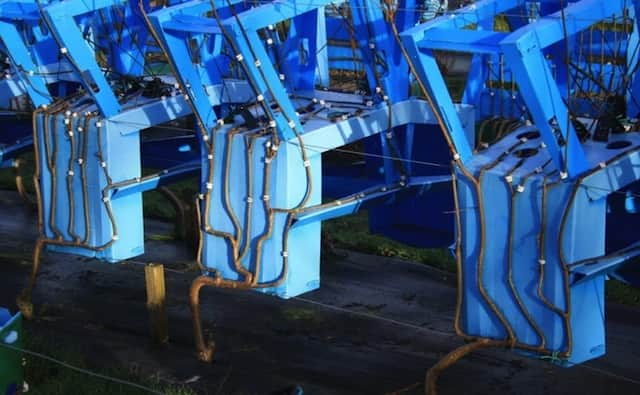 The third and final seed of the project sprouted twenty years later on a beach in San Fransisco – after Art College, a Degree in Furniture Design, an apprenticeship to a cabinet-maker and a long stint building with natural materials in Scotland and California – Gavin had a period of making driftwood furniture. It was a sheer delight to see what new materials each tide would bring, then a matter of stitching the wood back together – each ‘stitch’ fitting into carefully cut-out mortices. This was the moment Gavin realised that we could grow trees directly into beautiful and useful shapes.
The third and final seed of the project sprouted twenty years later on a beach in San Fransisco – after Art College, a Degree in Furniture Design, an apprenticeship to a cabinet-maker and a long stint building with natural materials in Scotland and California – Gavin had a period of making driftwood furniture. It was a sheer delight to see what new materials each tide would bring, then a matter of stitching the wood back together – each ‘stitch’ fitting into carefully cut-out mortices. This was the moment Gavin realised that we could grow trees directly into beautiful and useful shapes.
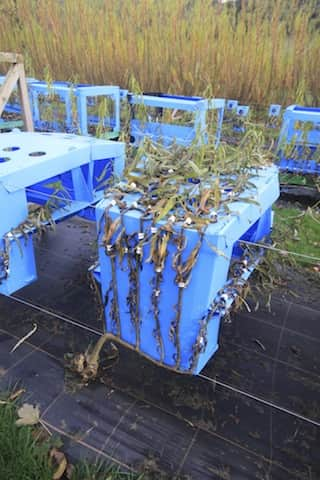 Q: How are these Grown Furniture pieces made?
Q: How are these Grown Furniture pieces made?
A: In essence its an incredibly simple art. You start by training and pruning young tree branches as they grow over specially made formers. At certain points we then graft them together so that the object grows in to one solid piece – I’m interested in the way that this is like an organic 3D printing that uses air, soil and sunshine as its source materials. After it’s grown into the shape we want, we continue to care for and nurture the tree, while it thickens and matures, before harvesting it in the Winter and then letting it season and dry. It’s then a matter of planing and finishing to show off the wood and grain inside.
The whole process takes place over seasons and years – between 4 and 8 years to grow a chair – but when you look at how long and how much effort it takes us now to go from having no tree to the final wooden object, then you realise that the craft we’re a part of developing is not just more cooperative with the natural world; it has an elegant efficiency all of it own.
A: Yes, It’s been going on for millennia. Apparently, the ancient Greeks & Egyptians grew stools and the Chinese dug holes and filled them with chair-shaped rocks and grew tree roots through the gaps.
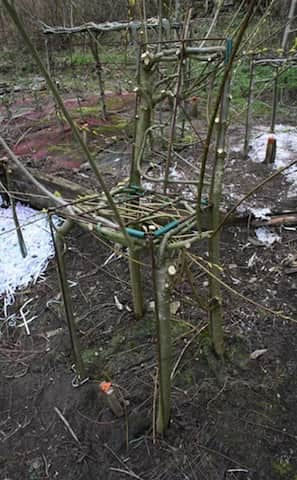 Q: What are the biggest challenges in making them?
Q: What are the biggest challenges in making them?
A: The biggest challenges are twofold. The first challenge is the practical fact that what we’re doing is neatly organising a small forest. I’m only making 50 or so pieces per year but for every 100 trees you grow there are a 1,000 branches you need to care for, and 10,000 shoots you have to prune at the right time. It’s an art-form in itself keeping track of everything.
The second challenge is the emotional fact that, while there is the regular joy of seeing birds and beasties living our production rows, most of the tasks I do on an average day won’t come to fruition until several years later. That’s quite hard to live with – especially as it’s taken 9 years already and we’re still a year or two away from the first substantial harvest. Thankfully prototypes and early pieces are starting to come online but still, it’s a hefty act of faith. It’s certainly not instant gratification!
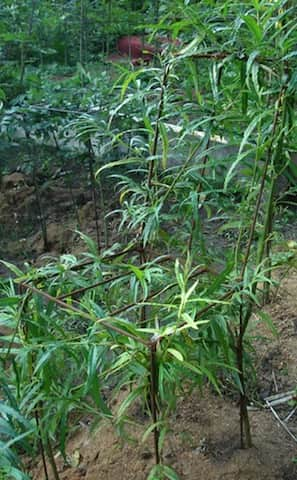 Q: Are the pieces fully functional and ergonomic?
Q: Are the pieces fully functional and ergonomic?
A: They’re still growing now, but when harvested and finished we expect them to be not just fully functional and ergonomic but grown, grafted and fastened into one solid piece, ie. no joints that only ever loosen over time. These could last for centuries. We hope and trust that this will eventually become an improvement on current methods.
 Q: Isn’t this cruel to the trees?
Q: Isn’t this cruel to the trees?
A: We learnt early on that an unhappy tree won’t do what you want, just because you want it to. It will send off a shoot in the direction it wants to grow (usually towards the light), or sprout a shoot just below the carefully-positioned graft. As a species, humans have been grafting and coppicing (not to mention topiary, pollarding and espalier) trees for thousands of years, and this developing craft is taking advantage of some of that ancient knowledge, as well as the renewable fuels of sun, water, soil and air. When we finally cut down the furniture pieces from the trees, they will sprout new shoots (coppicing) and continue to have a life, possibly to grow something else later. We nourish and nurture the trees, employing as many natural, permaculture and organic methods as we can, as optimum nutrition means optimum growth.
We think this method is kinder and less wasteful than planting a (frequently monocultural with all those implications for biodiversity) plantation of trees, growing for a specified lifetime, then chopping down, leaving an uncared-for, cleared area, with all the additional problems like desertification.
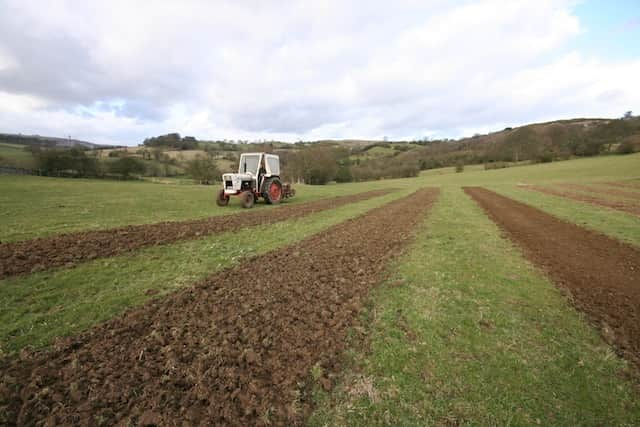 Q: If this is so ‘Green’, why have you got plastic moulds? Isn’t that a waste of valuable oil?
Q: If this is so ‘Green’, why have you got plastic moulds? Isn’t that a waste of valuable oil?
A: The (recycled) plastic moulds (same amount of corrugated light plastic used in about two ‘For Sale’ signs for a chair mould) were a prototype design. We’ve been reusing them as far as possible, and now we’re moving on to different formers, moulds and ways of constructing the grown chairs and furniture. Please be assured we aren’t pouring oil down the drain to produce this furniture!
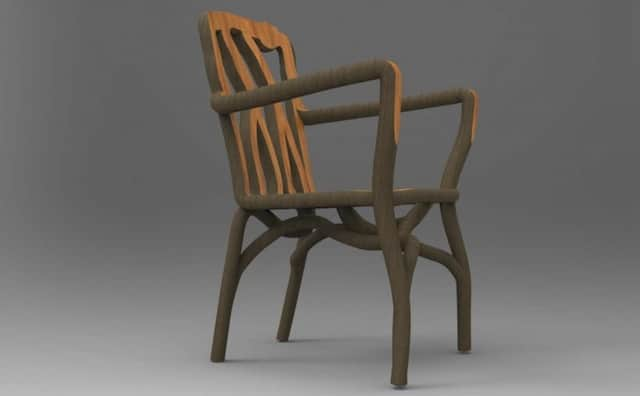 It’s estimated, from early calculations, that we use about 25% of the energy needed to produce a wooden chair with conventional means. As the items take some time to grow, we are currently looking at designs & methods we have developed further, and things are constantly changing in this fledgling production method.
It’s estimated, from early calculations, that we use about 25% of the energy needed to produce a wooden chair with conventional means. As the items take some time to grow, we are currently looking at designs & methods we have developed further, and things are constantly changing in this fledgling production method.
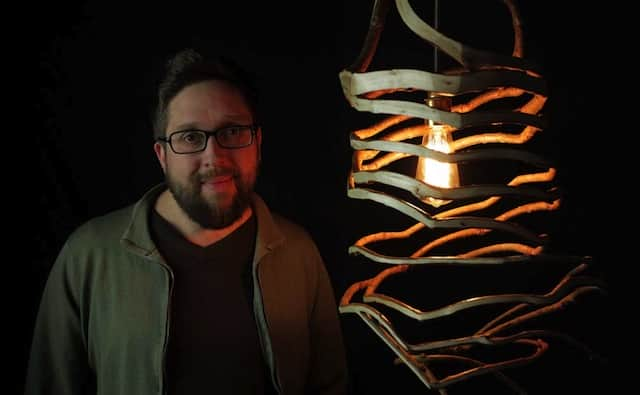 Q: When and where will they be for sale?
Q: When and where will they be for sale?
A: We are talking with a number of galleries at the moment and we’ll announce details closer to the time.
The first chairs are expected mid-2017. For the other pieces we’ll find out whats ready at the end of this growing season – the geometric pendant lamps and mirrors frames are currently expected for release late Spring 2016.
We have a very limited of pieces left for pre-order and can be reached at fullgrown.co.uk


